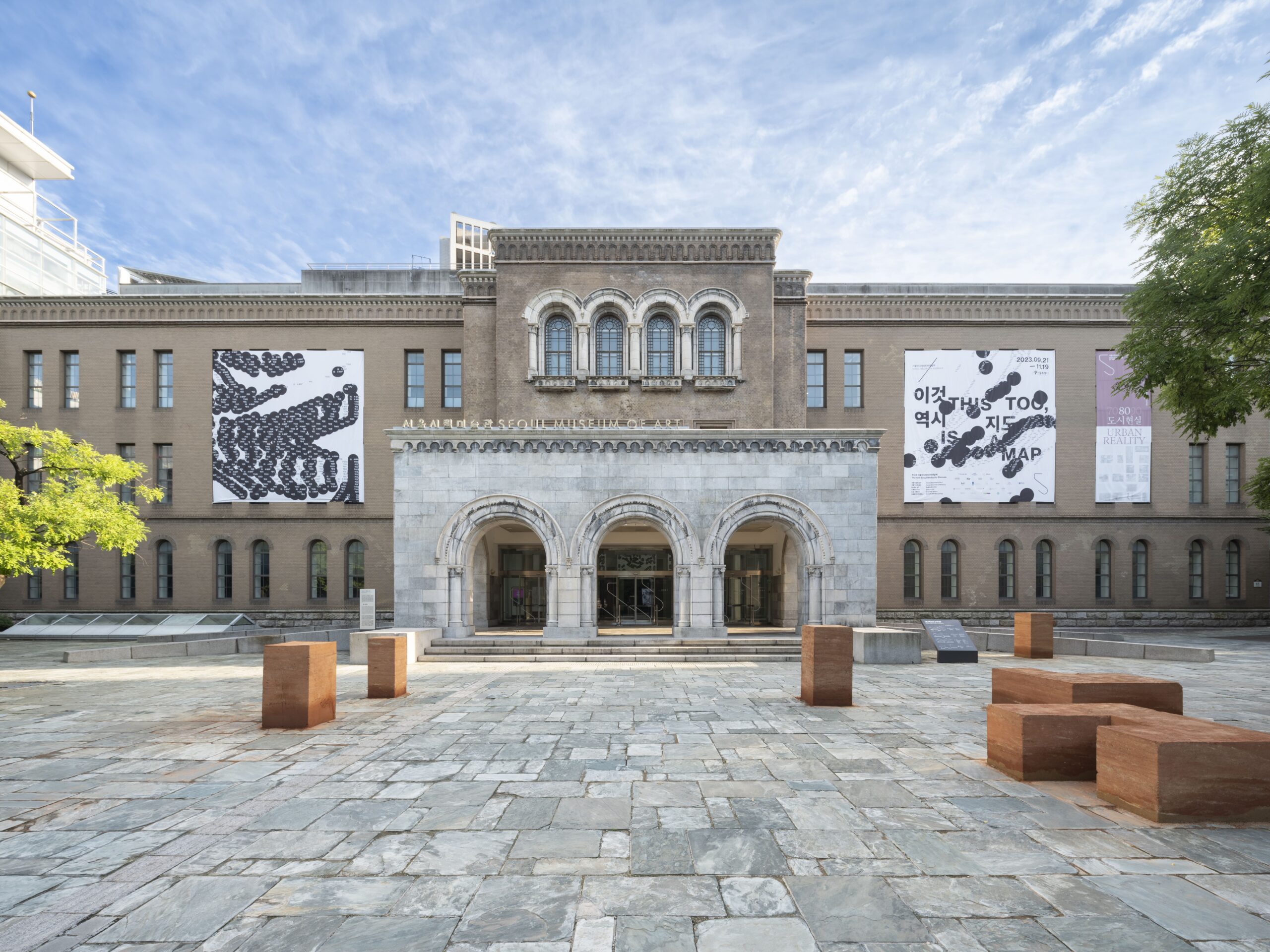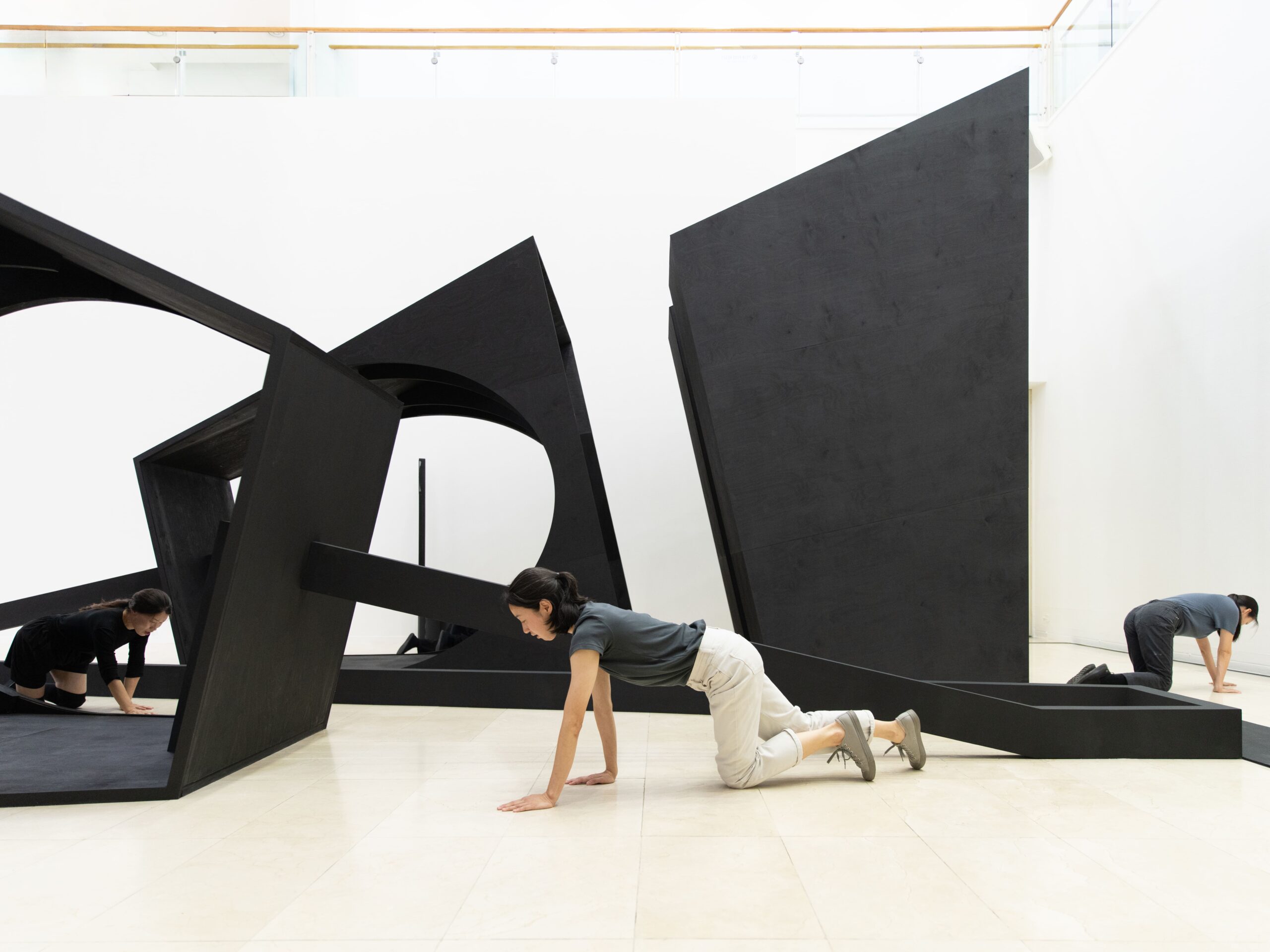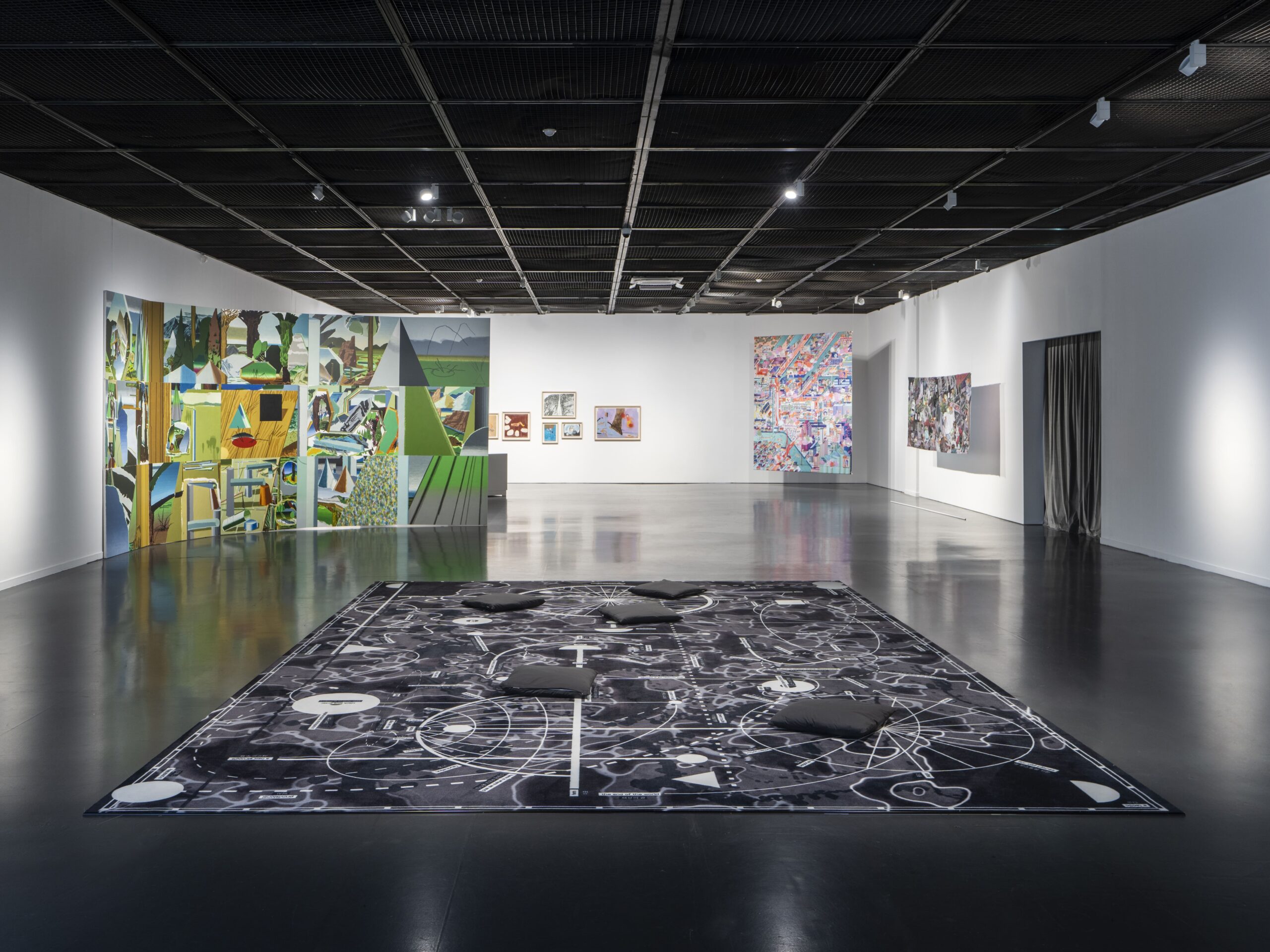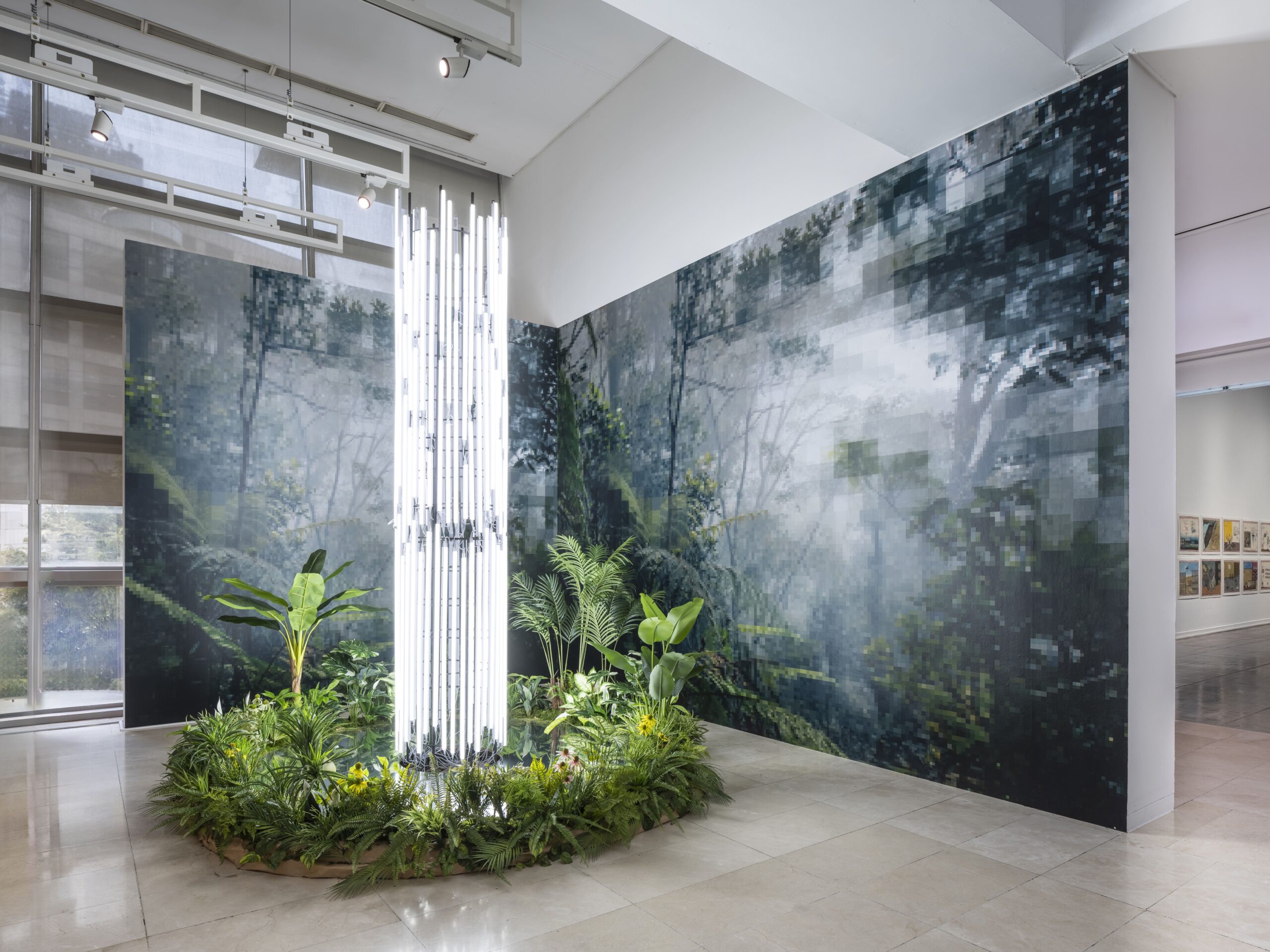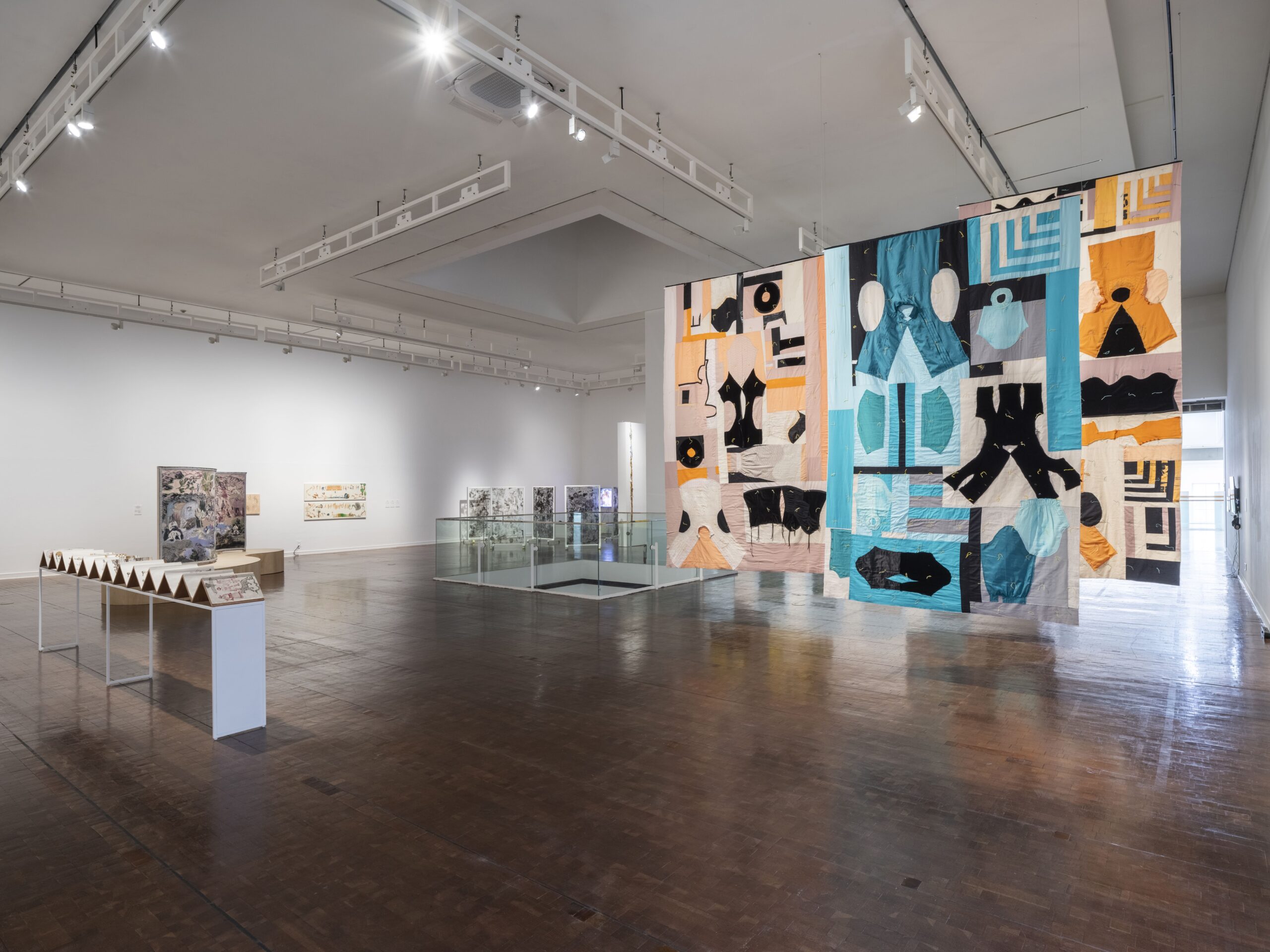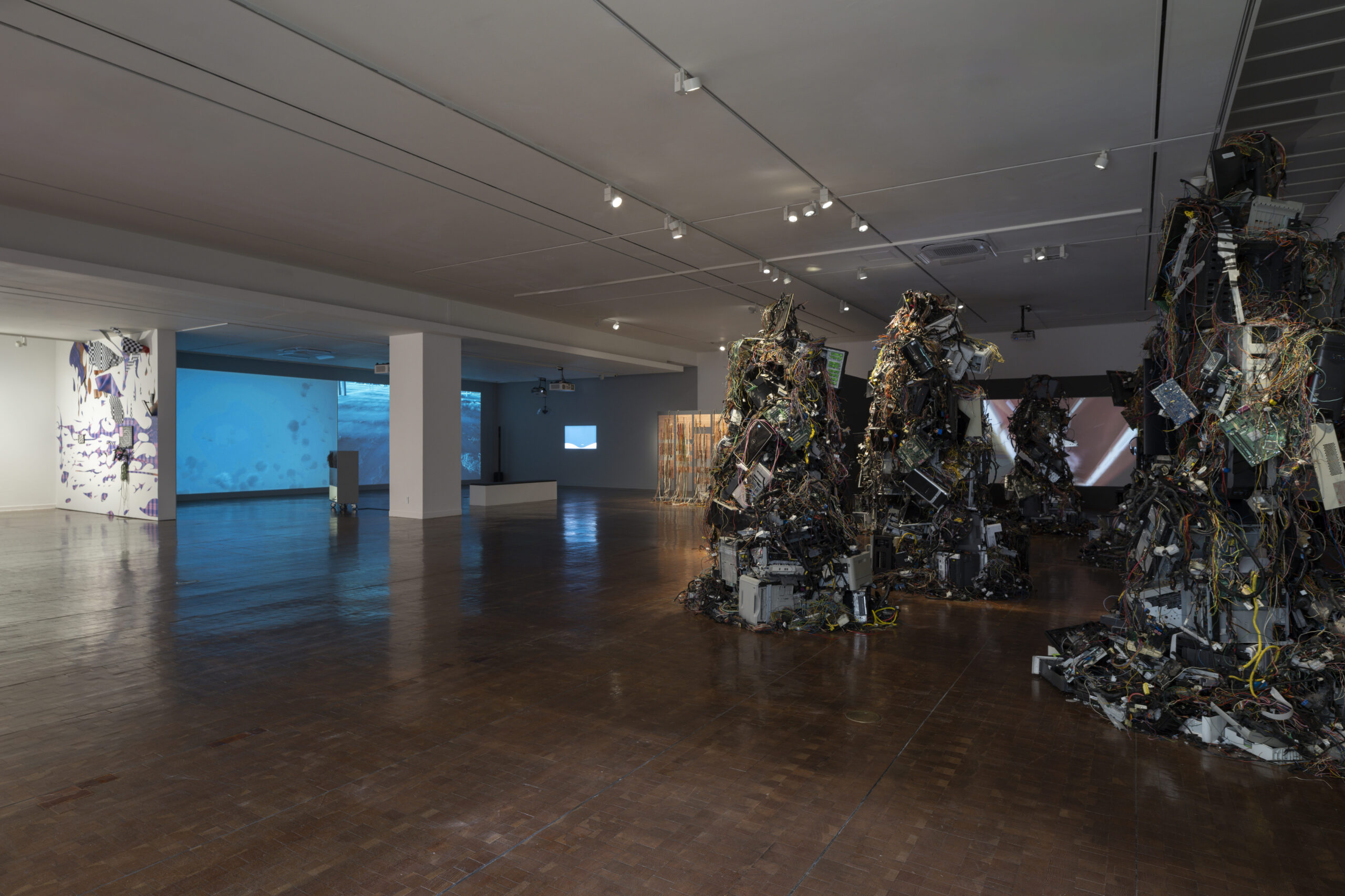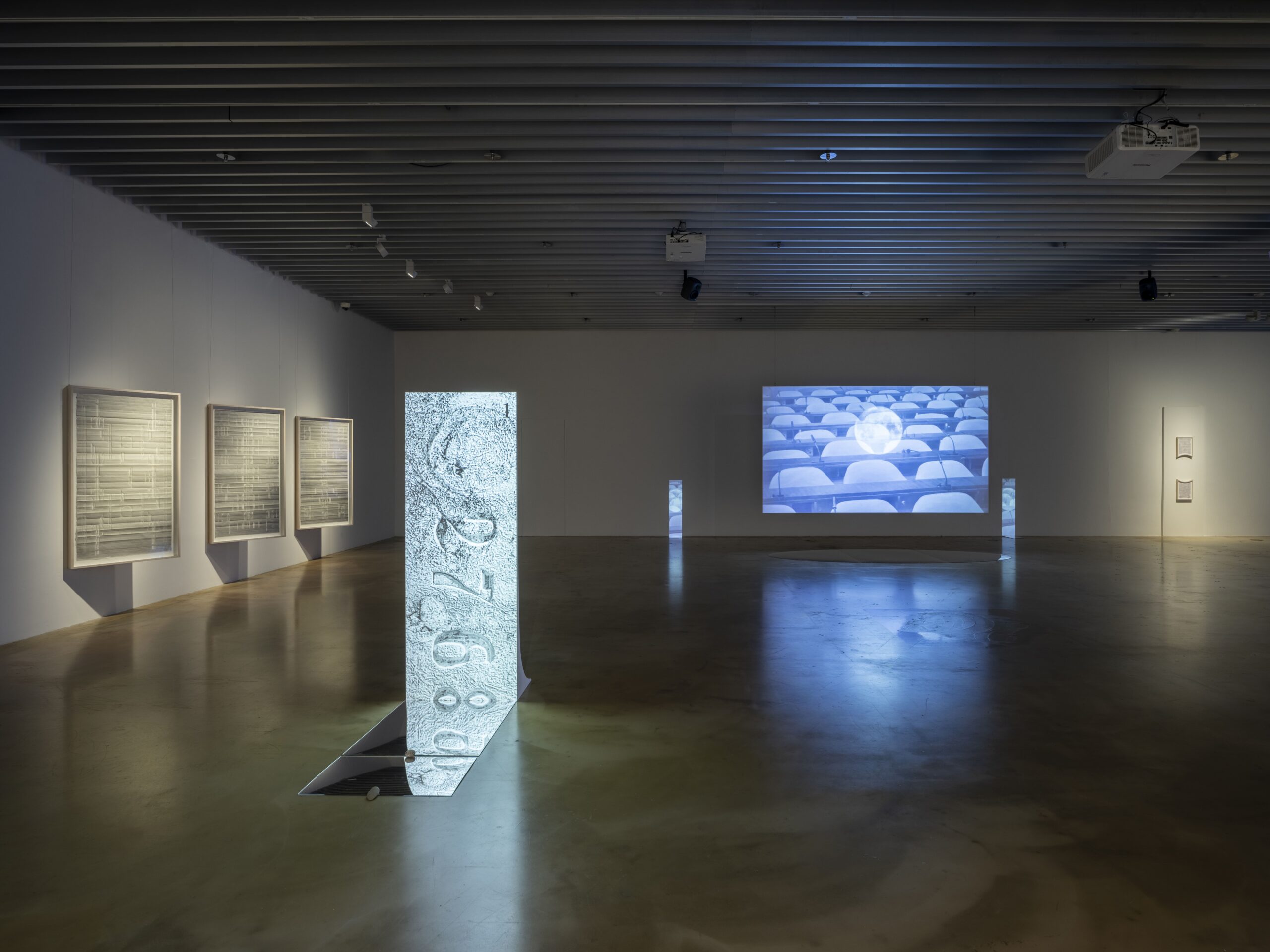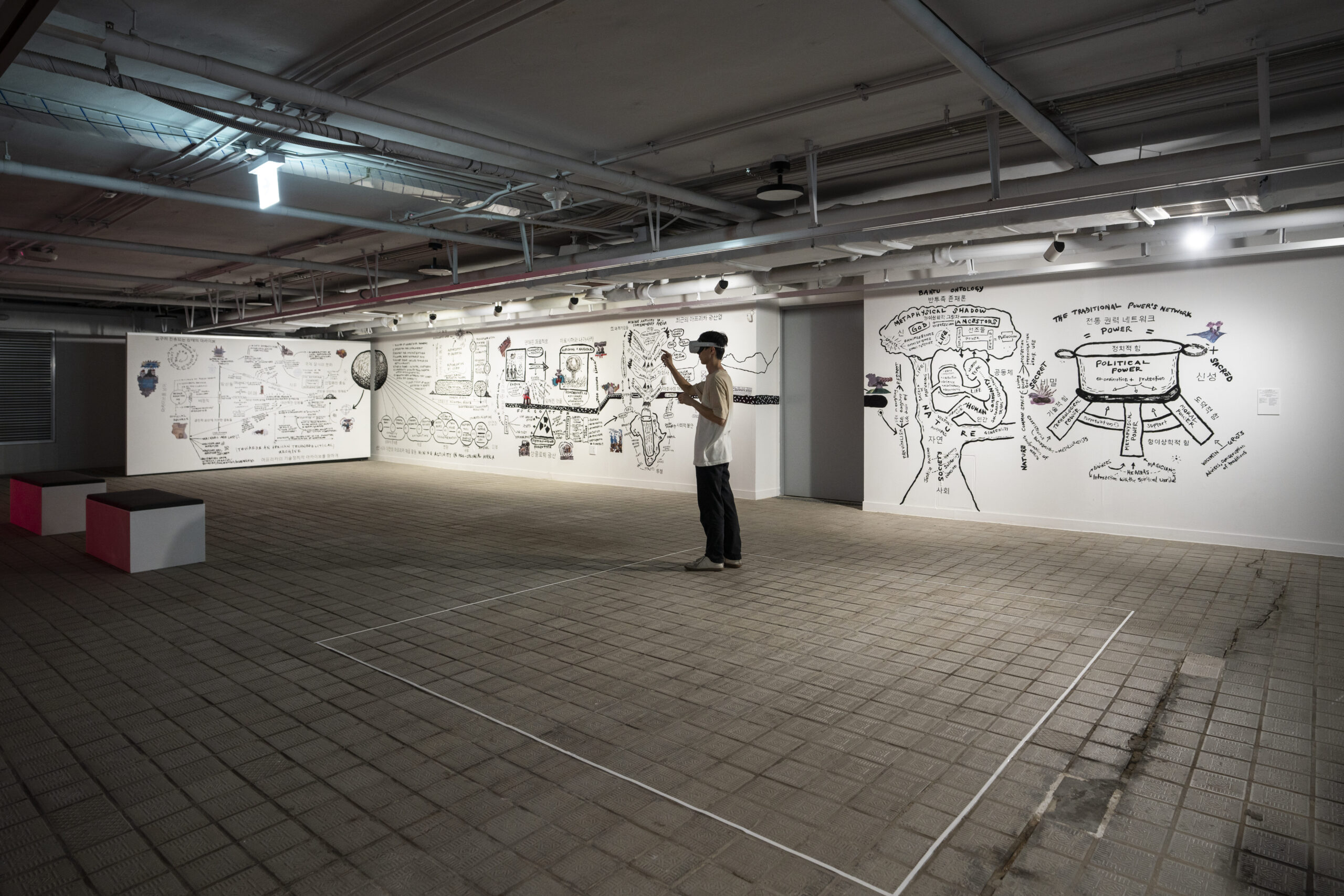Artistic Director: Rachael Rakes
Associate Curator: Sofía Dourron
Artists: Agustina Woodgate, Akira Ikezoe, Animali Domestici, Anna Bella Geiger, Anna Maria Maiolino, Archana Hande, Bo Wang, Chan Sook Choi, Channa Horwitz, Christine Howard Sandoval, Elena Damiani, Femke Herregraven, Francois Knoetze, Fyerool Darma, Guido Yannitto, Hyunsun Jeon, ikkibawiKrrr, Jaye Rhee, Jesse Chun, Jumana Emil Abboud, Kent Chan, Lo-Def Film Factory (Francois Knoetze and Amy Louise Wilson), Mercedes Azpilicueta, Miko Revereza, Natasha Tontey, Nolan Oswald Dennis, Raya Martin, Sanou Oumar, Sasha Litvintseva & Beny Wagner, Sasha Litvintseva & Graeme Arnfield, Shen Xin, Soyoung Chung, Steffani Jemison, Taeyoon Choi, Tenzin Phuntsog, Theresa Hak Kyung Cha, Torkwase Dyson, Ximena Garrido-Lecca, Your Company Name (Clara Balaguer and Cengiz Mengü.), and Yun Choi.
THIS TOO, IS A MAP, the 12th Seoul Mediacity Biennale, is organized around ideas and applications of non-territorial mapping. The works on view seek to assemble realistic versions of the borders, systems, and identities guiding life today—from ongoing physical and cultural displacements (and re-placements) taking place worldwide, to seemingly invisible infrastructures and media, to multi-situated alliances. SMB12 focuses on alternative concepts of mediating and relating through diaspora and migration, and the social ecologies that are situated outside of drawn territories. These practices can be connected to the global relations that are conducted within Seoul and its own malleable borders, and the positions and references of those willingly and unwillingly displaced, often multiple times over, inside and outside of the city and state. The Biennale proposes a reconsideration of how today’s social and material networks operate amid a dynamic in which so much of what controls daily life takes place outside of territorialization. It looks at systems imposed or created despite national borders, including transnational alliances, underground extractions, and the coded mappings of data and infrastructure, as well as systems of artistic and political communication. It opposes the false proposition of rational clarity offered by Western cartography and looks to the necessity of abstractions and hidden or obscured language. It thus sees the current and future world within these complicated, necessarily unclear, multiple, and speculative experiences.
